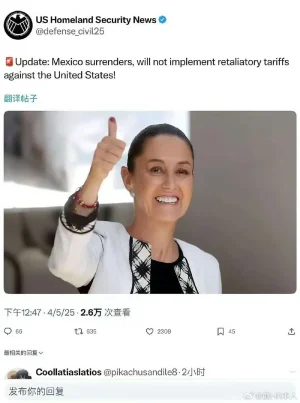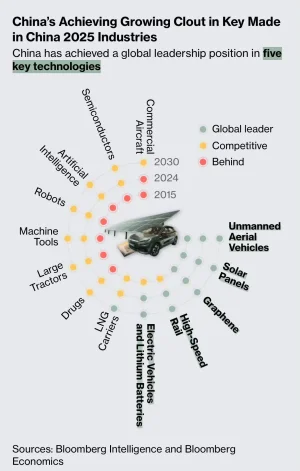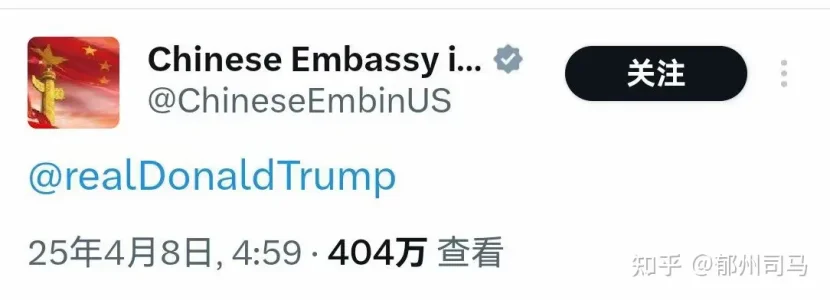Trump and China
Many tariff targets have chosen not to retaliate against U.S. tariffs—except for Canada, China, and the European Union (EU). The EU is preparing to respond, while smaller exporters like India and Vietnam have opted not to hit back, with some even lowering their local import tariffs. In this regard, President Trump has secured a victory.
China, the world’s manufacturing powerhouse, has been hit with a cumulative 54% tariff on its exports to the U.S. (10% + 10% + 34%). In response, China imposed its own 34% tariff on American imports. This did not sit well with President Trump, who has threatened to impose an additional 50% tariff on all Chinese imports unless China removes its tariffs on American goods. If implemented, this would raise total U.S. tariffs on Chinese goods to a staggering 104%, creating a significant dilemma for China. The ball is now in Beijing’s court.
If U.S. tariffs on Chinese imports rise to 104%, the immediate effect would be a sharp increase in prices for Chinese goods. The supply chain would be thrown into disarray, forcing companies to seek alternative suppliers or establish local manufacturing facilities. Chinese factories would experience a downturn, leading to economic slowdowns. More importantly, this would cut into China’s revenue, a substantial portion of which funds its military. China’s defence budget has grown from $90 billion in 2012 to $250 billion in 2023/24, but a major income reduction could force cutbacks in military spending.
For China’s neighbours—Taiwan, the Philippines, Vietnam, and India—who have faced military threats from Beijing, this would be a welcome development. Many in the region would likely breathe a sigh of relief and credit President Trump for weakening China’s military expansion.
President Trump has made it clear: no negotiations with China until it removes tariffs on American goods.












